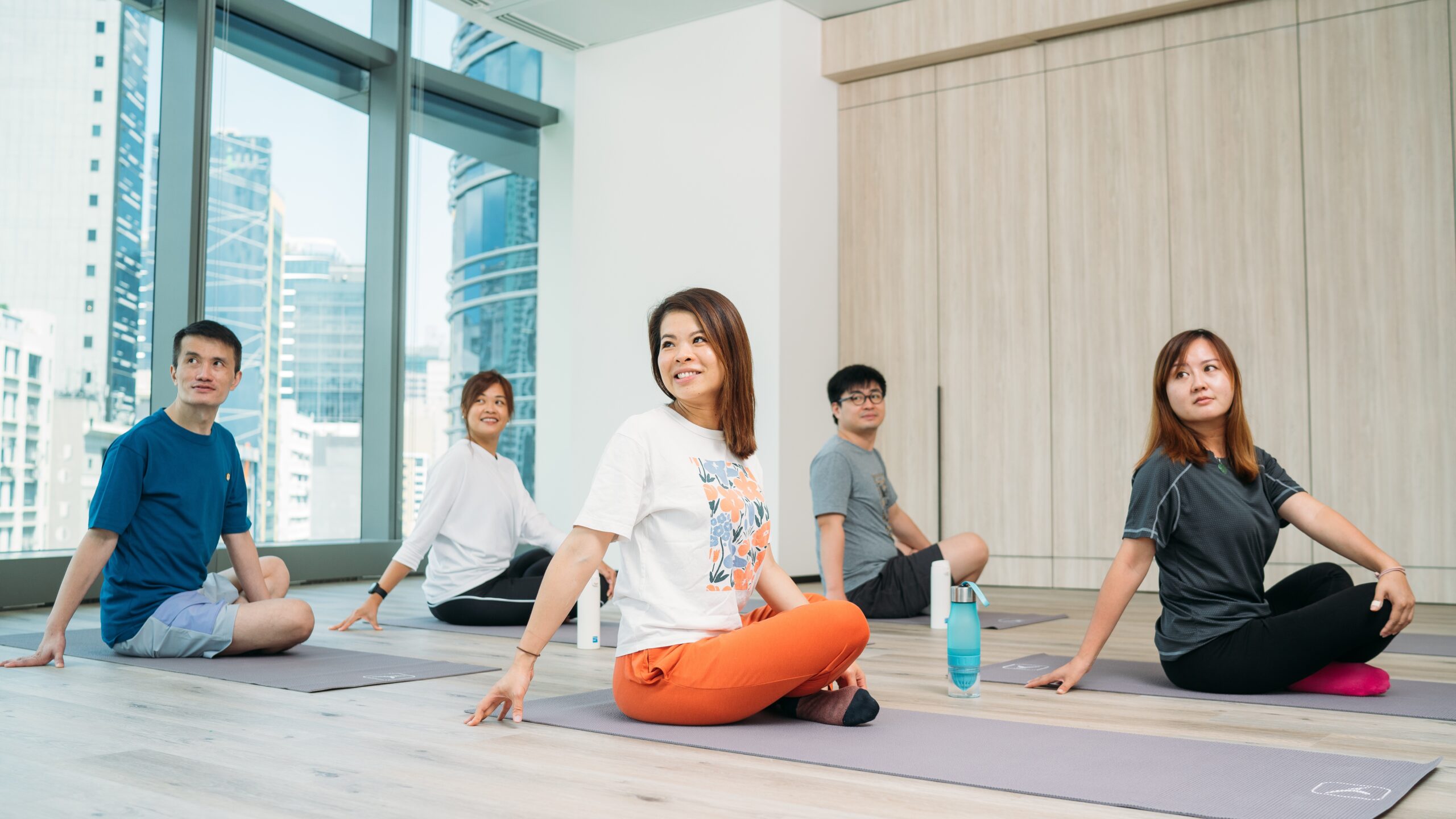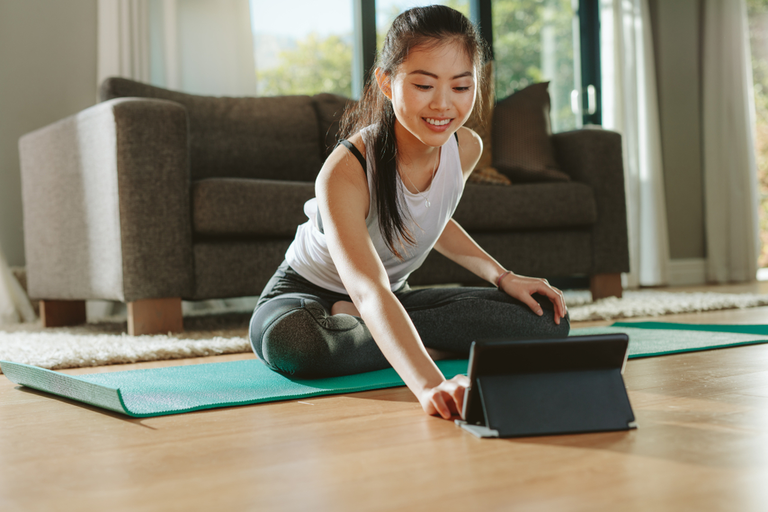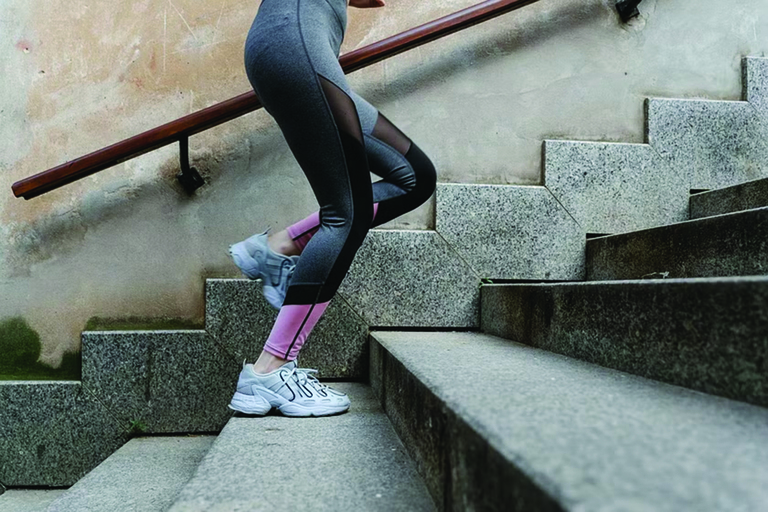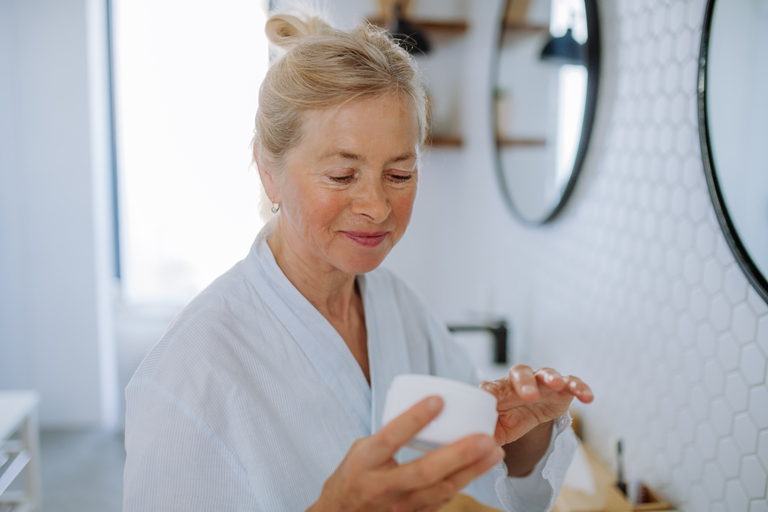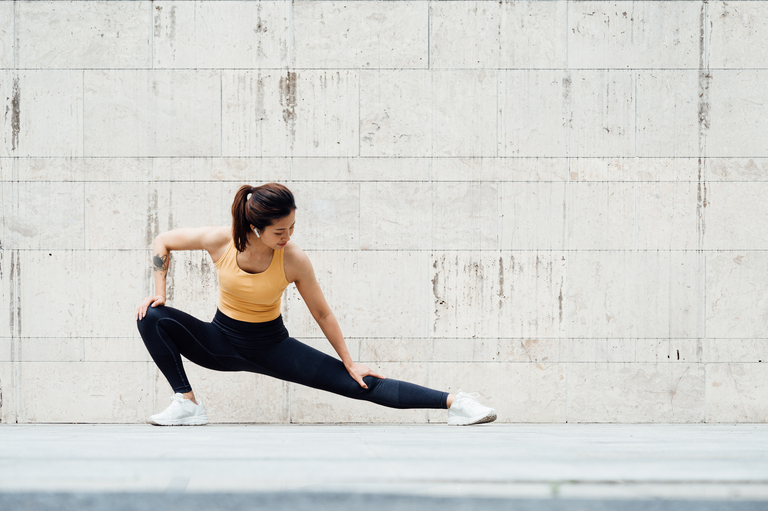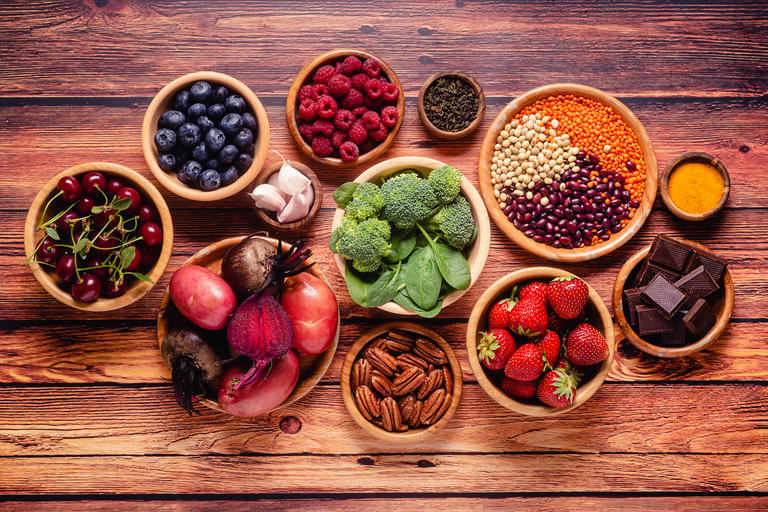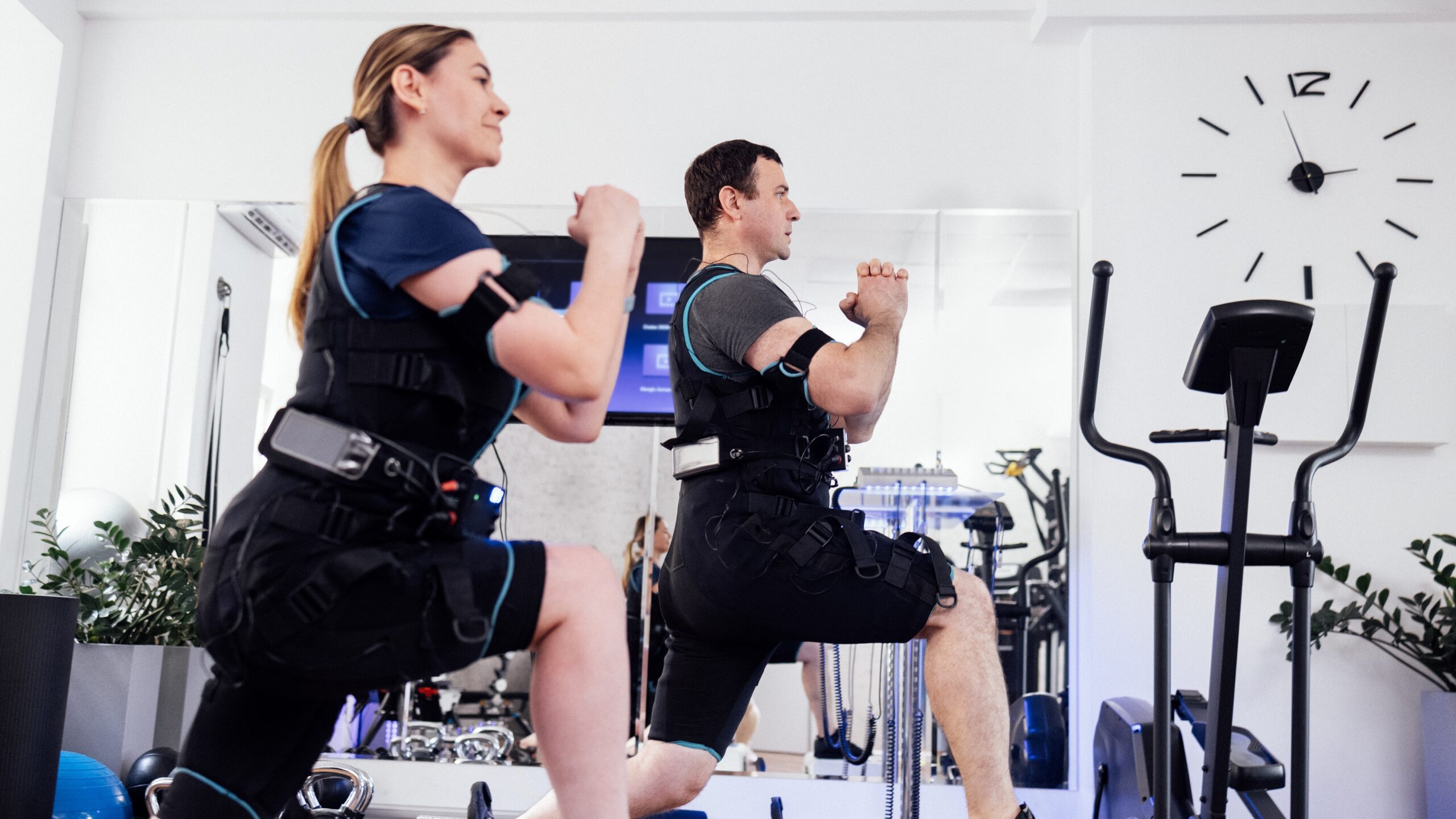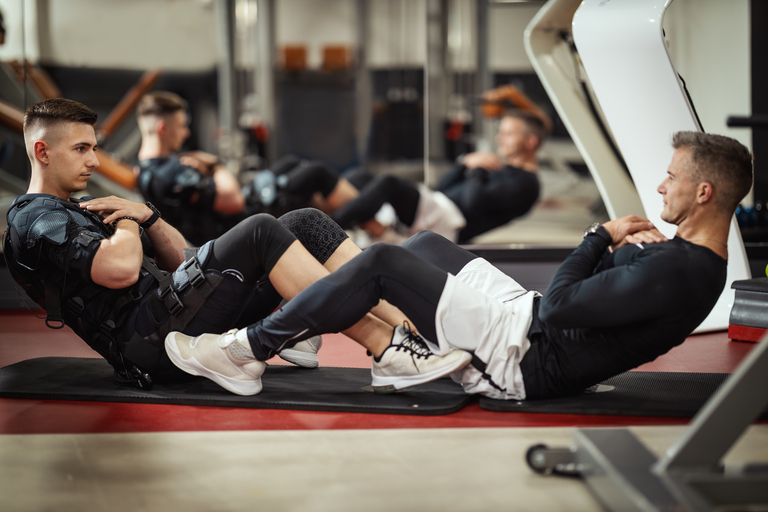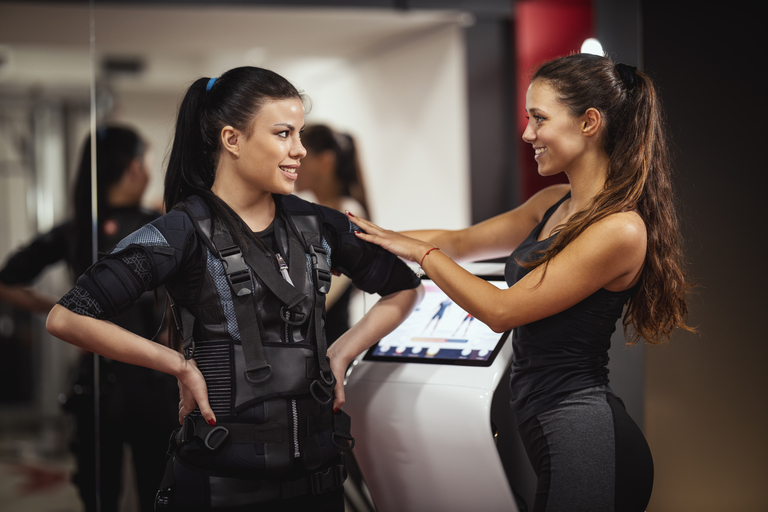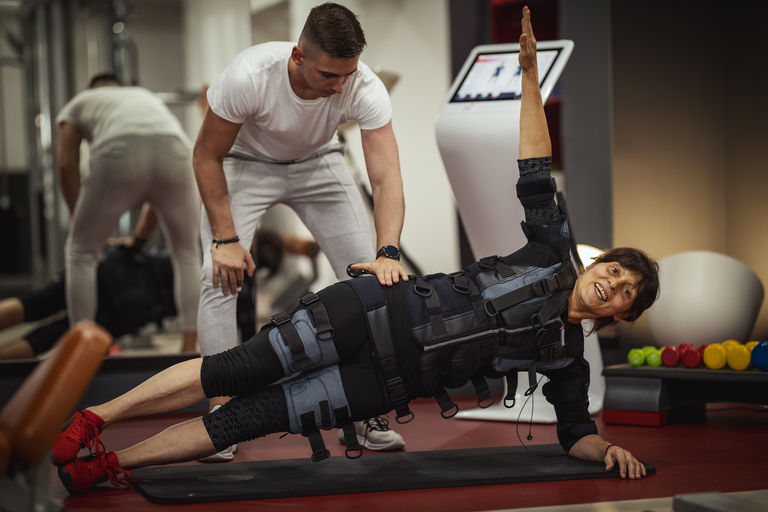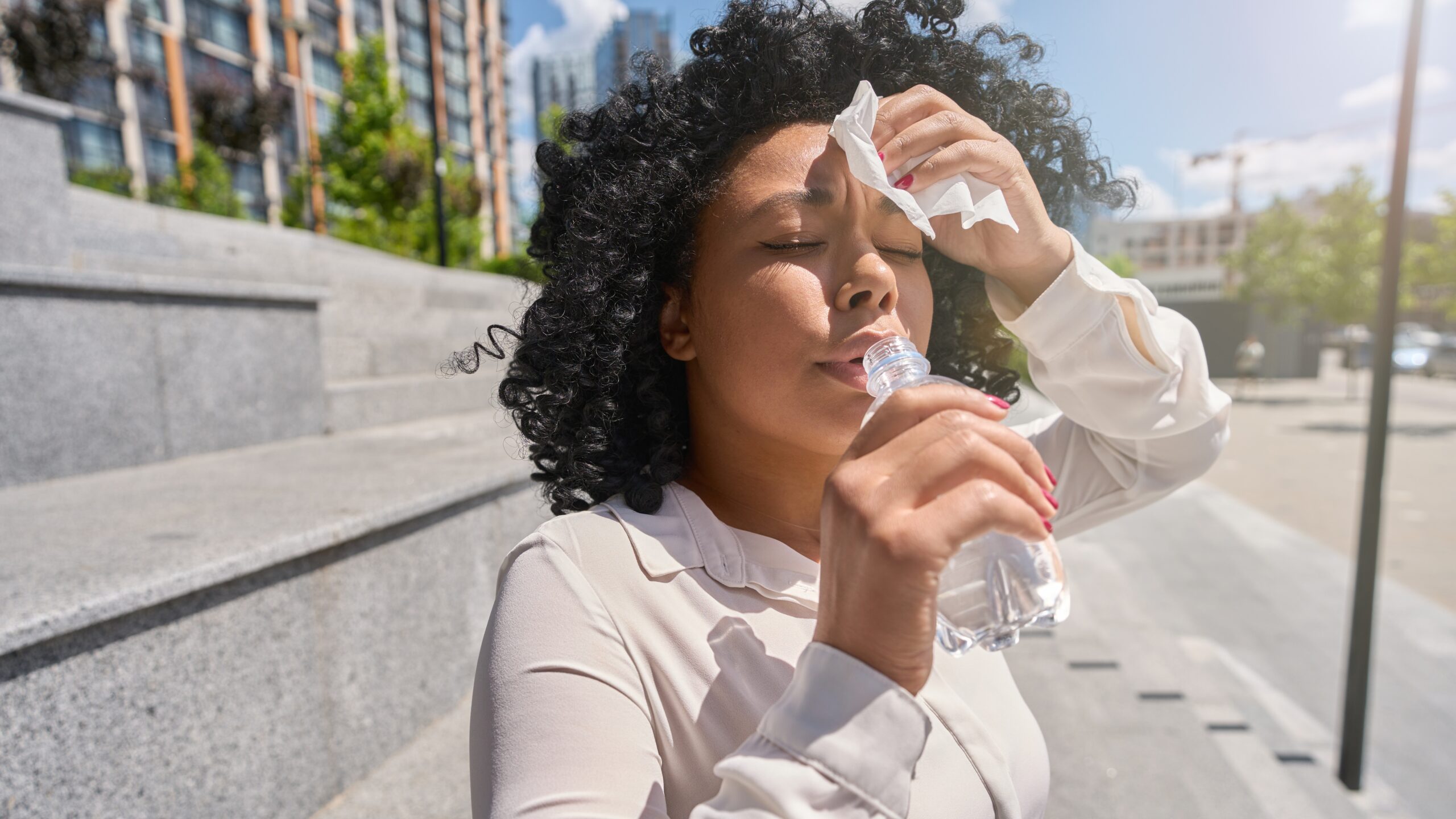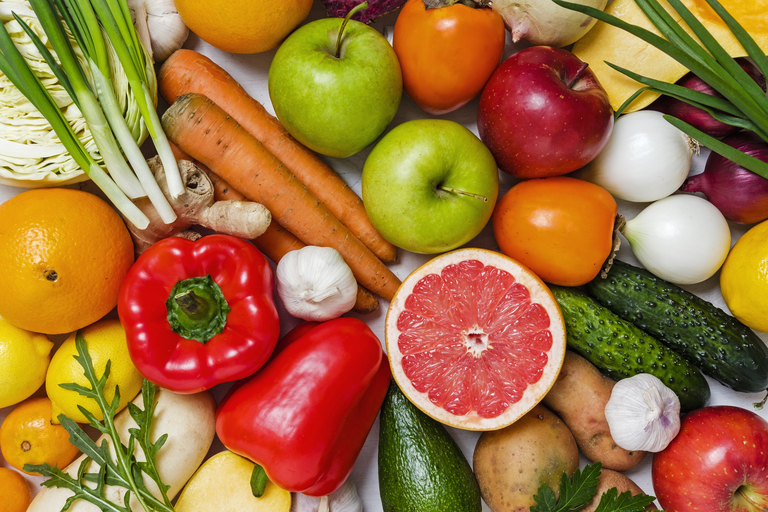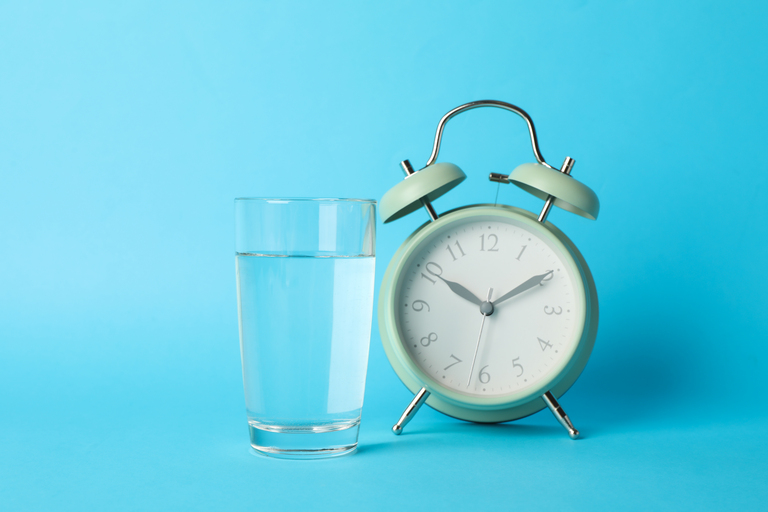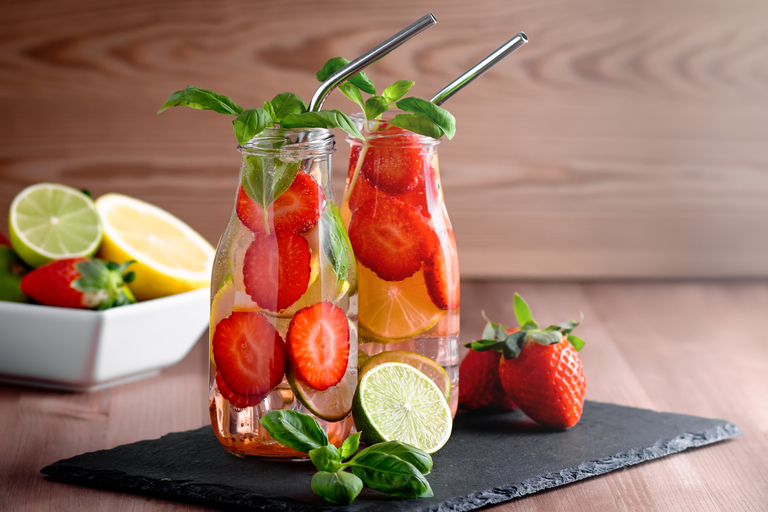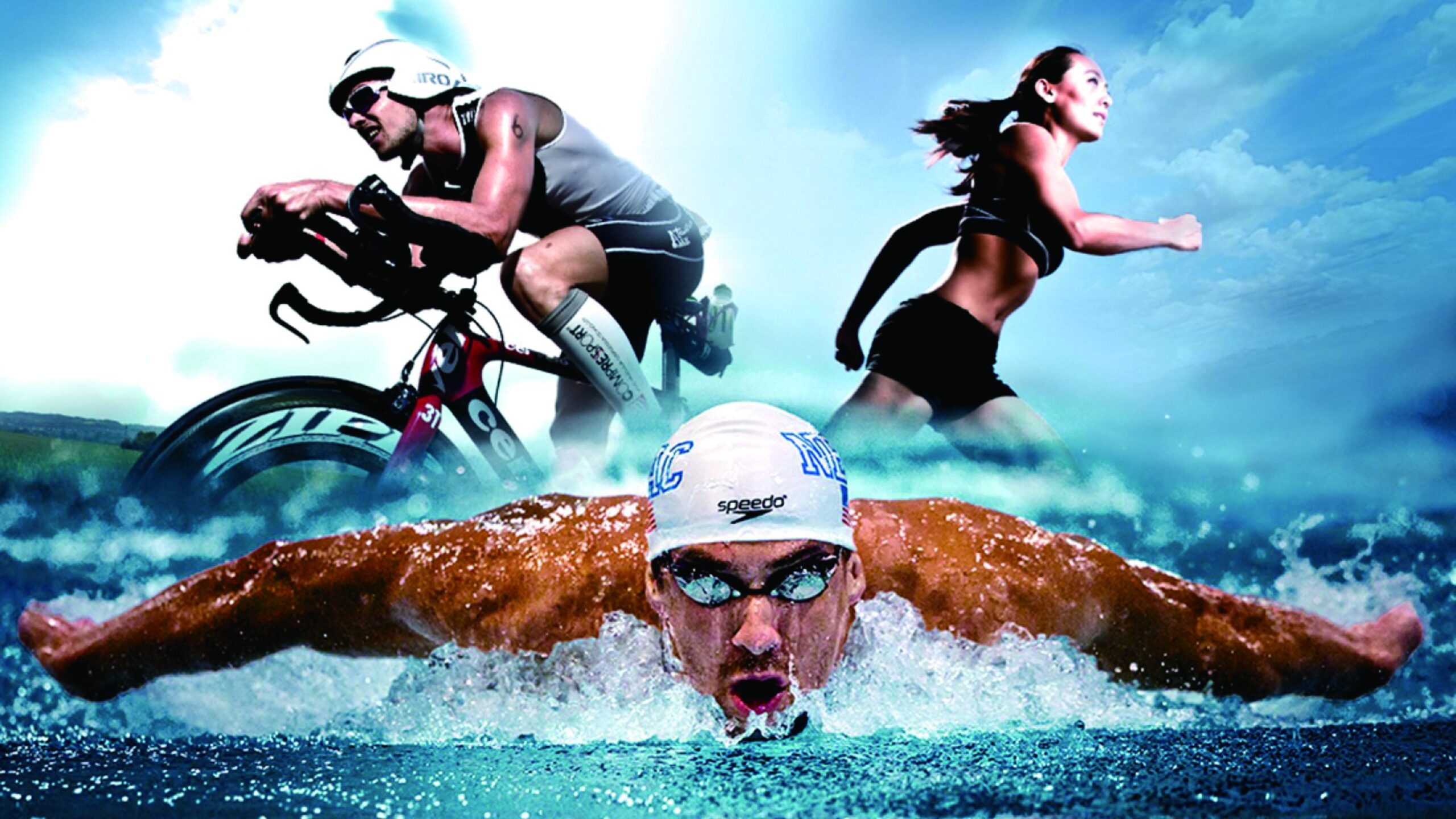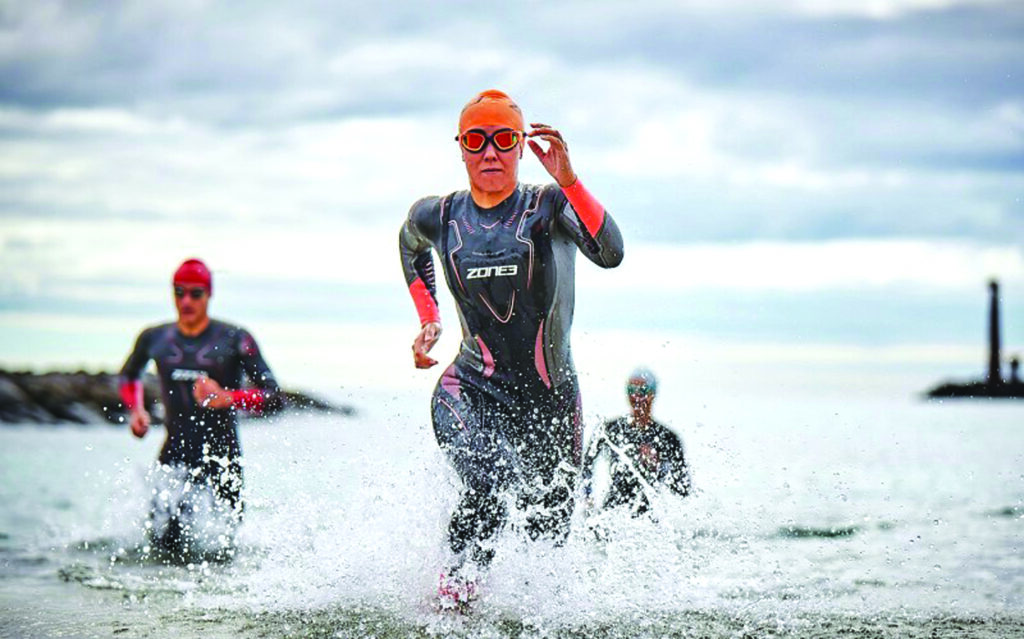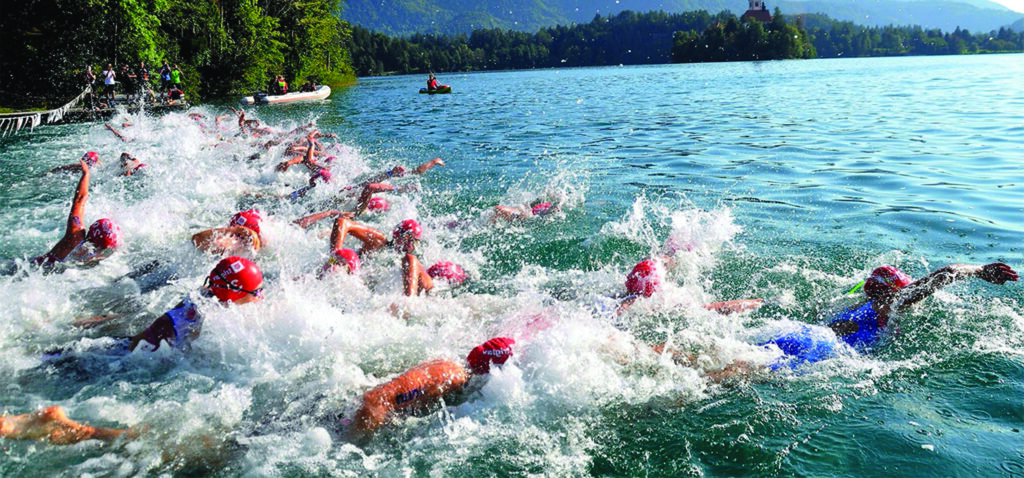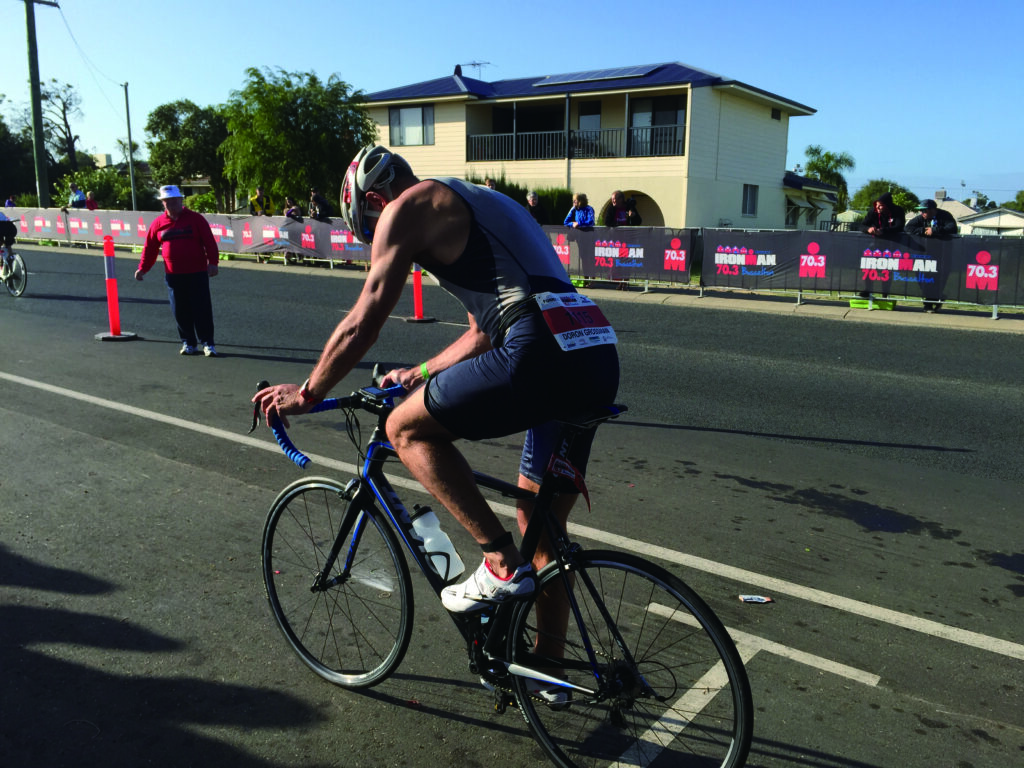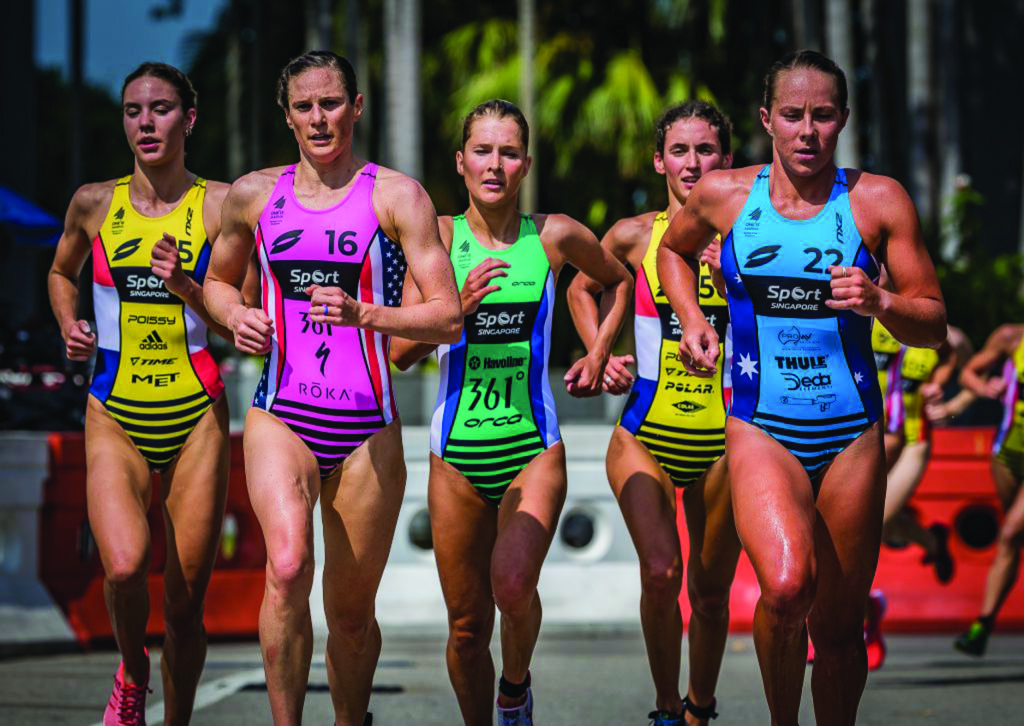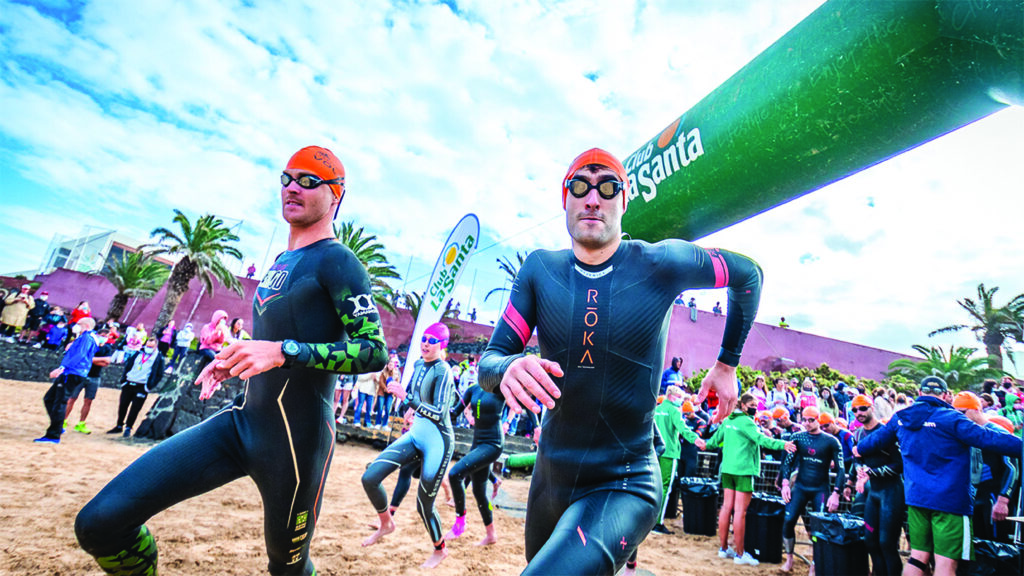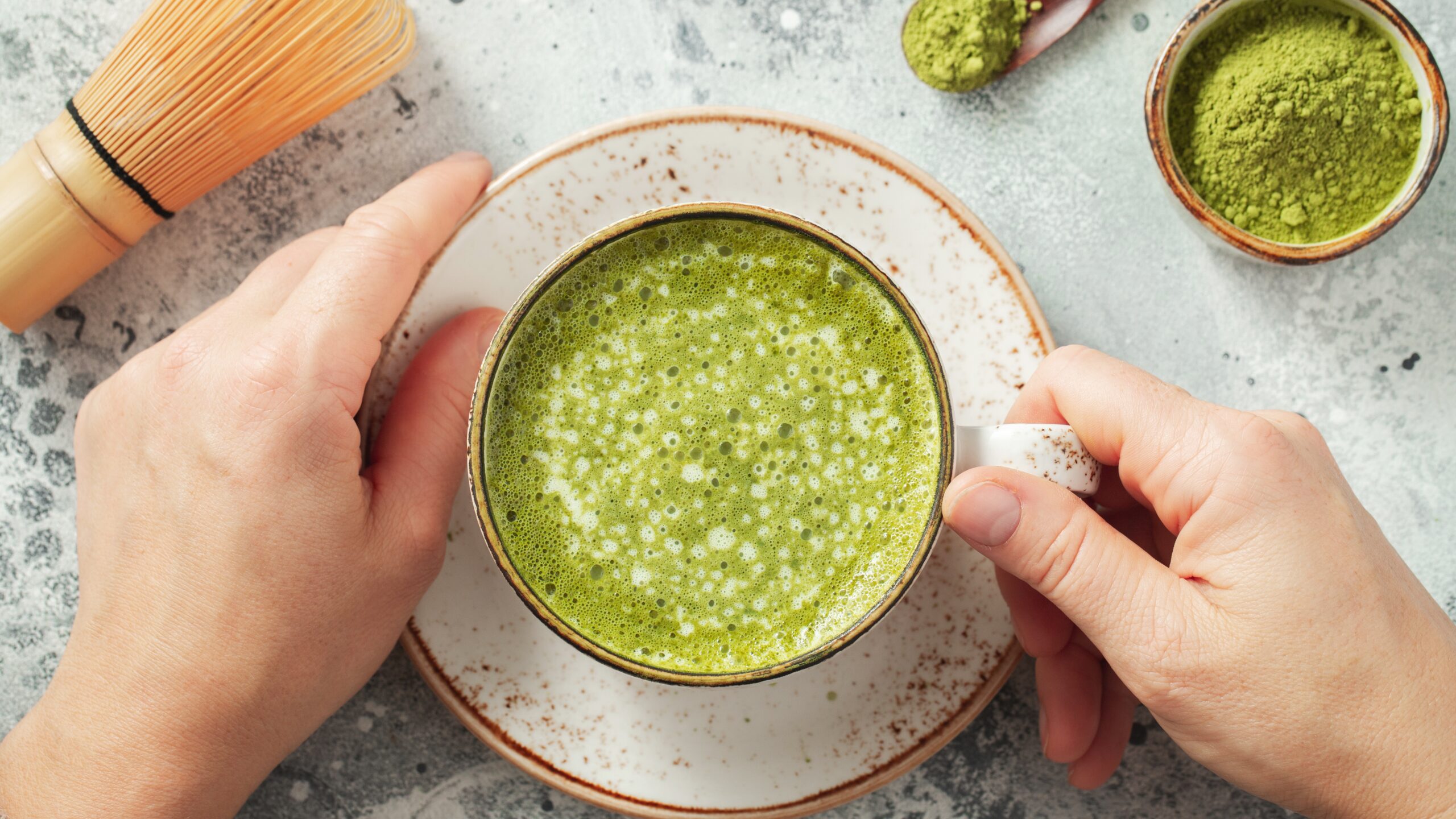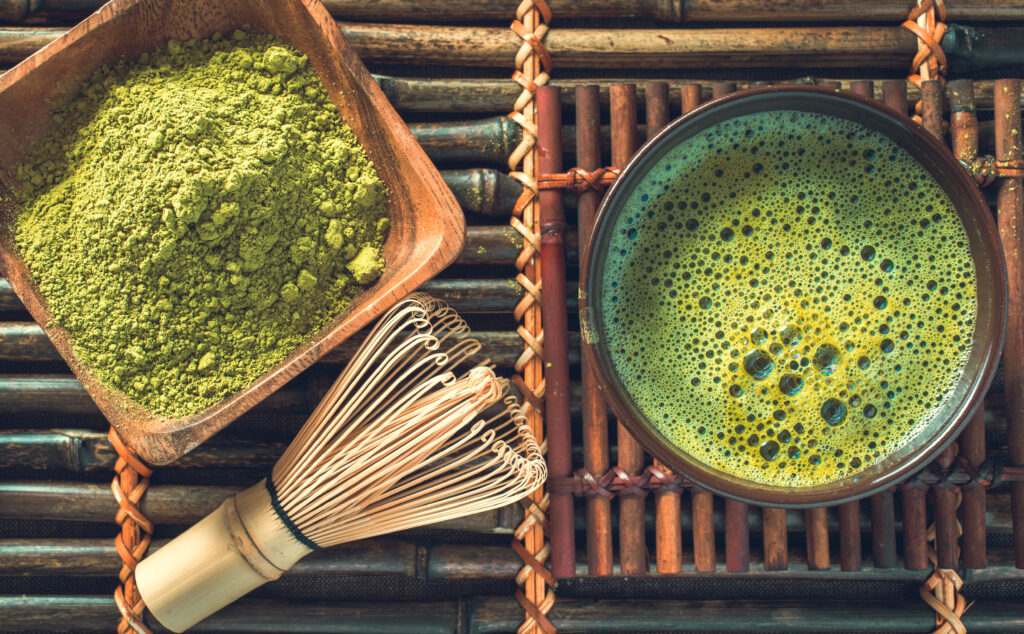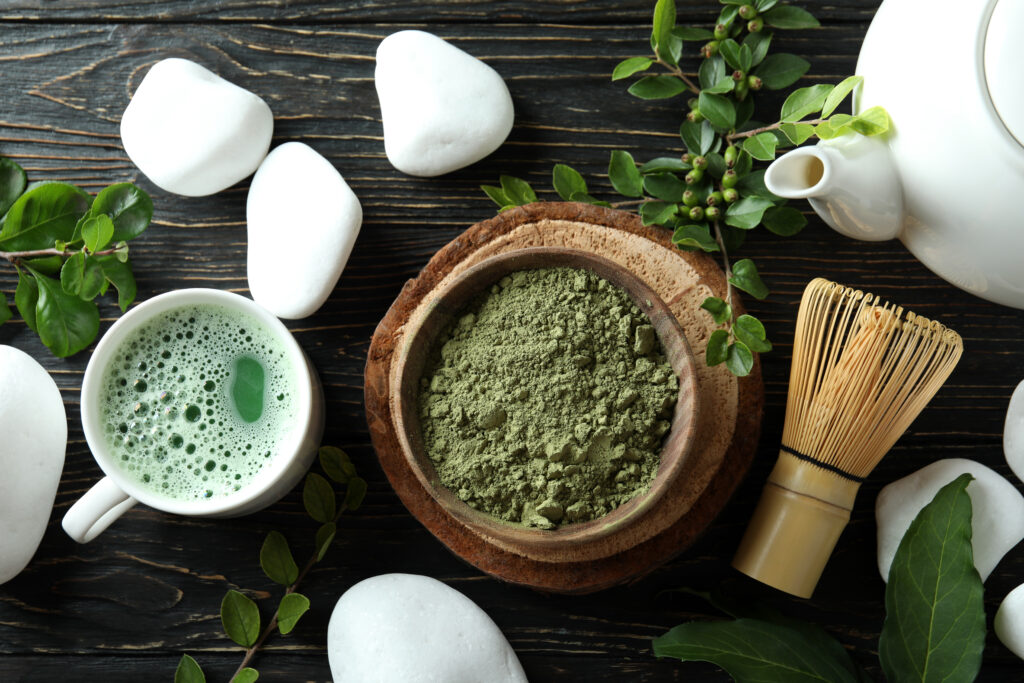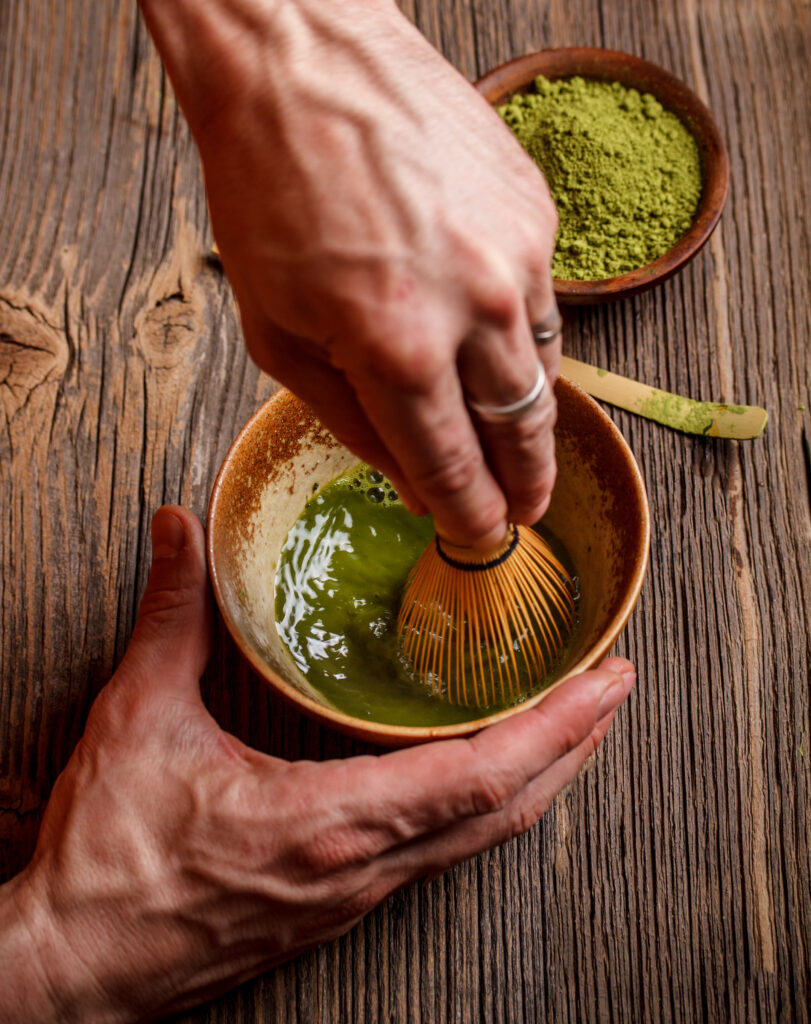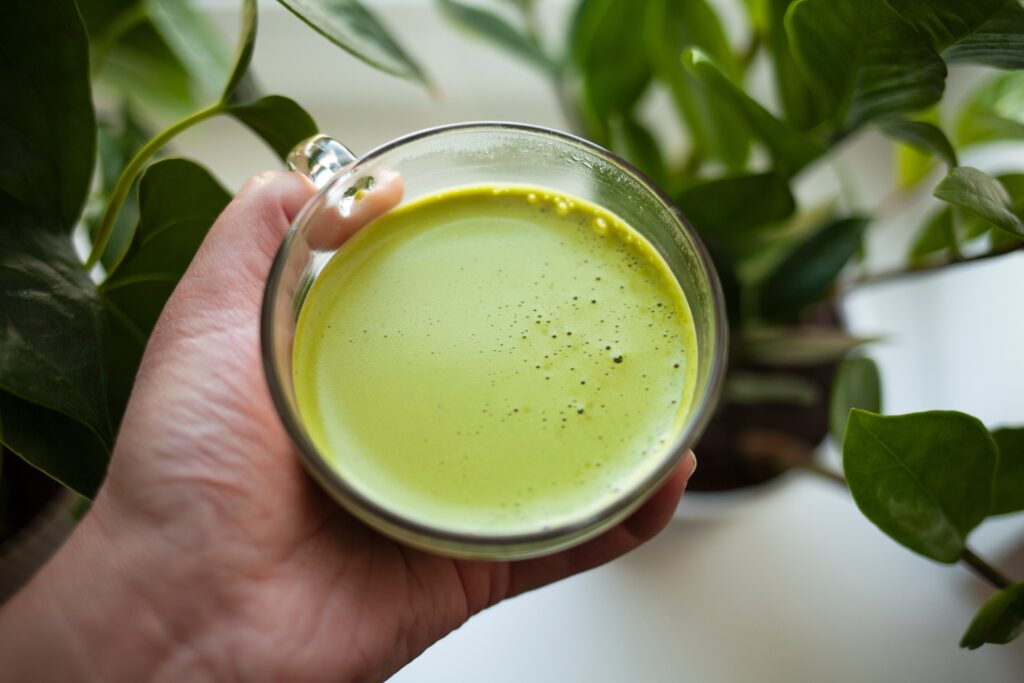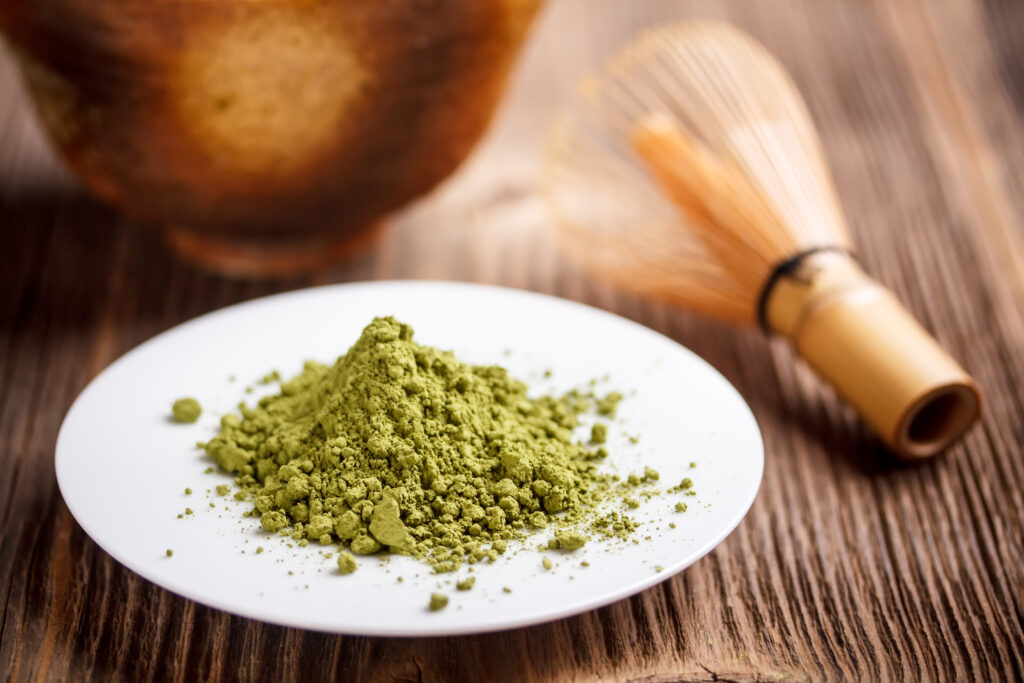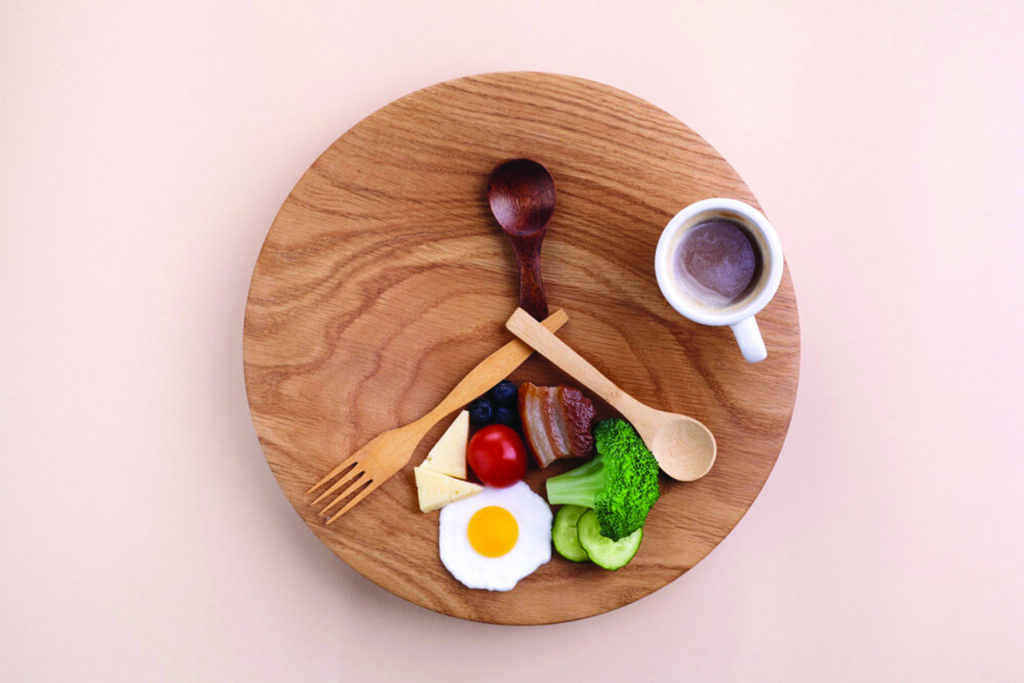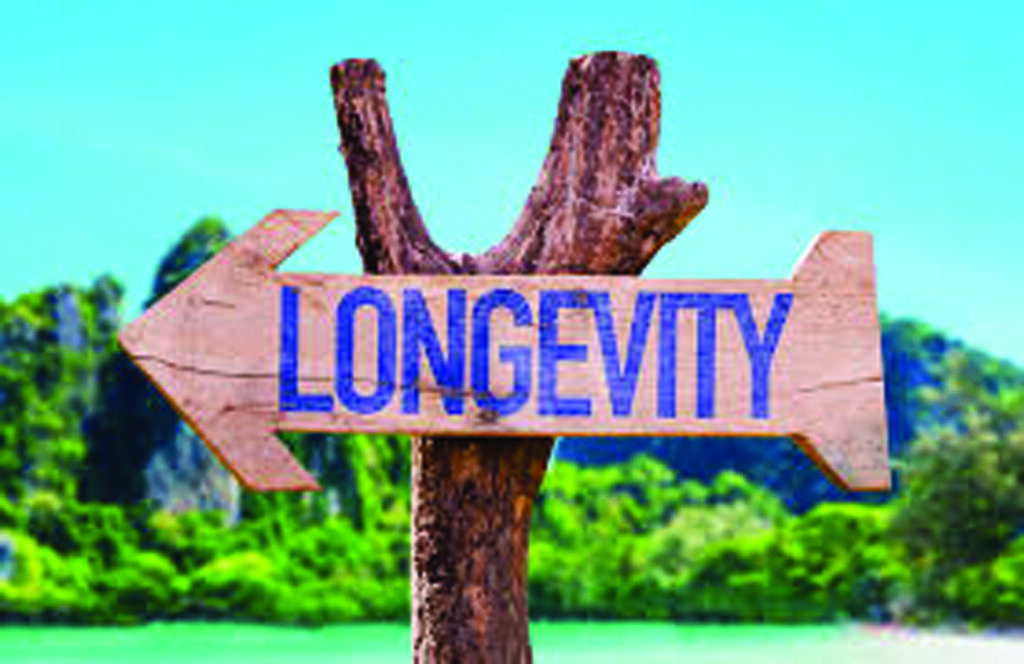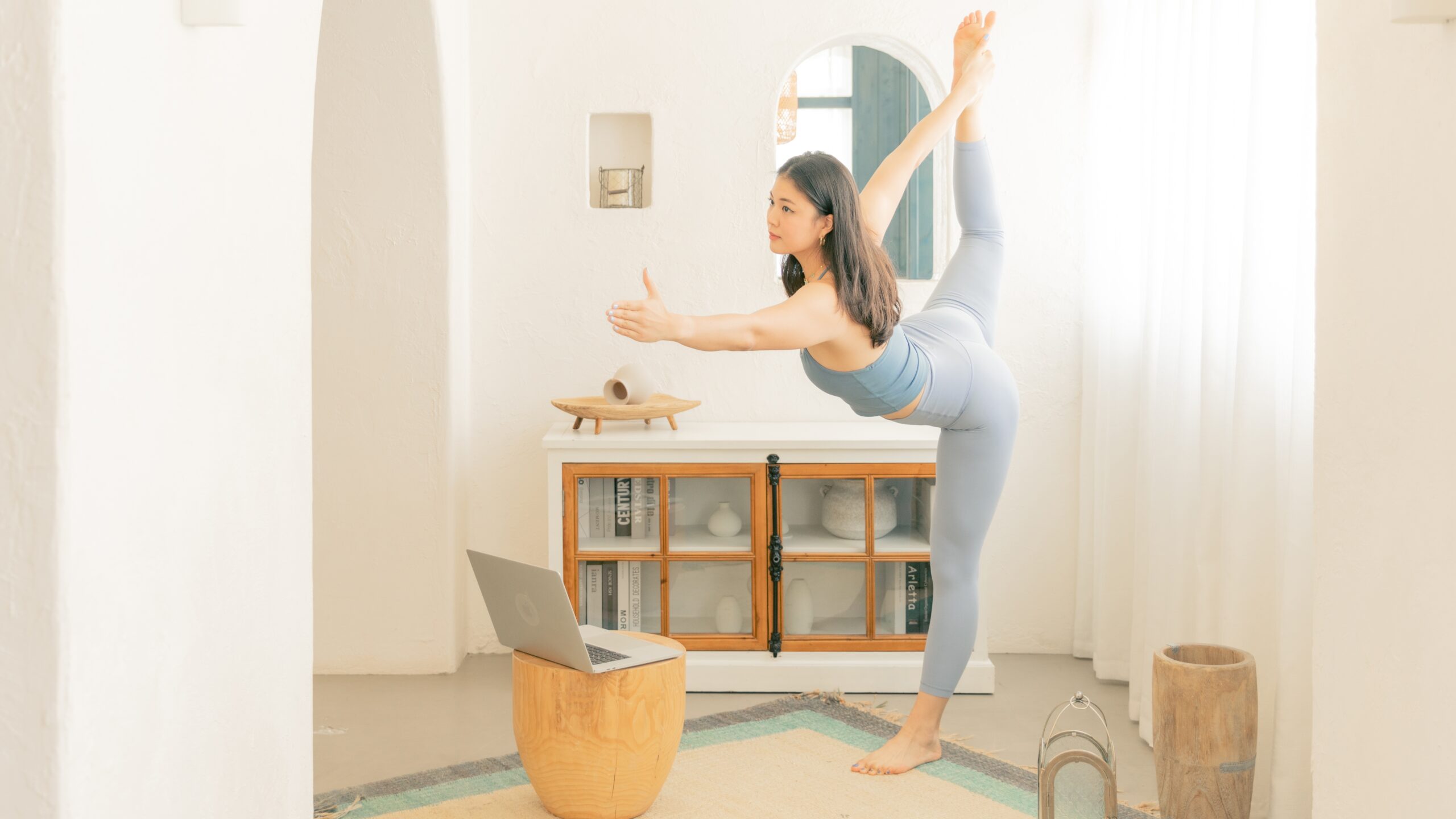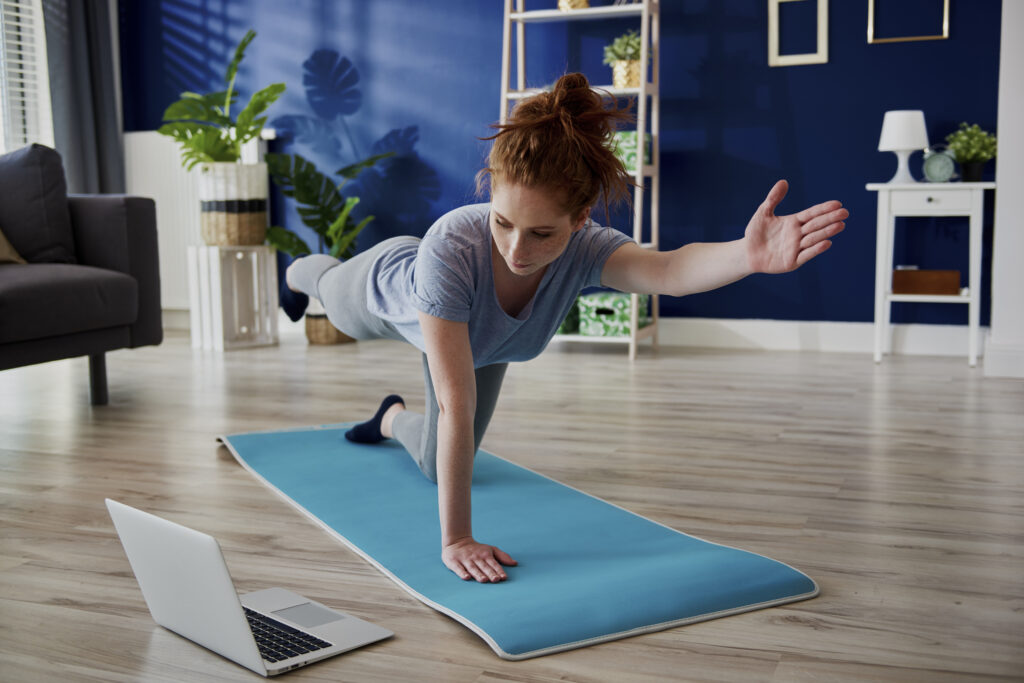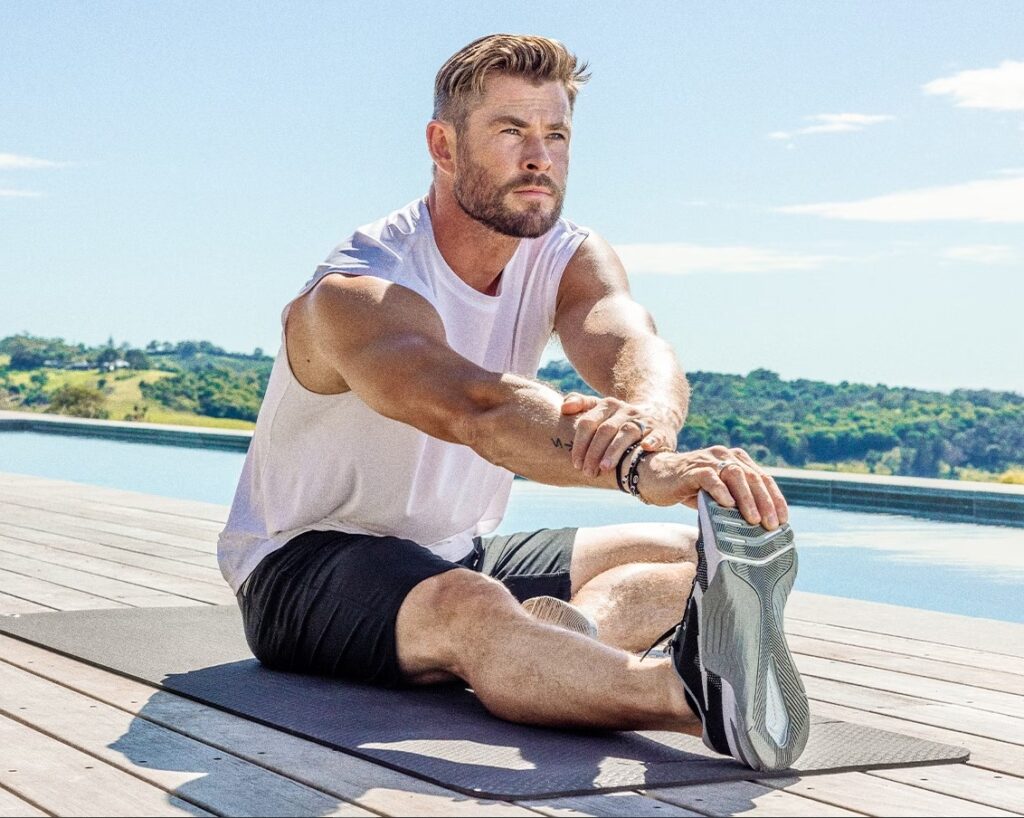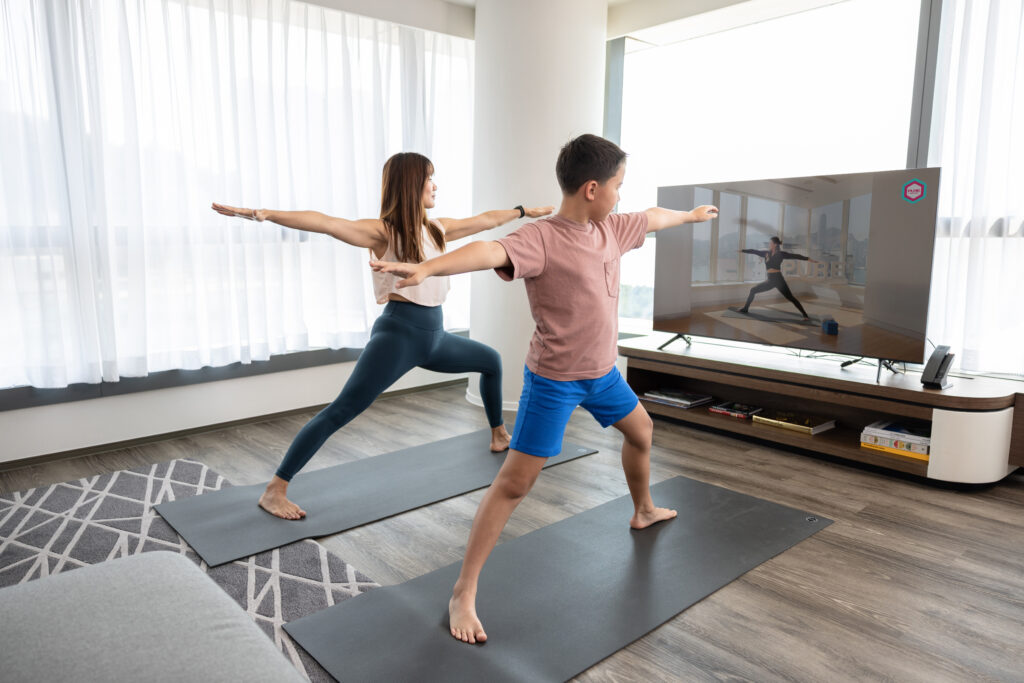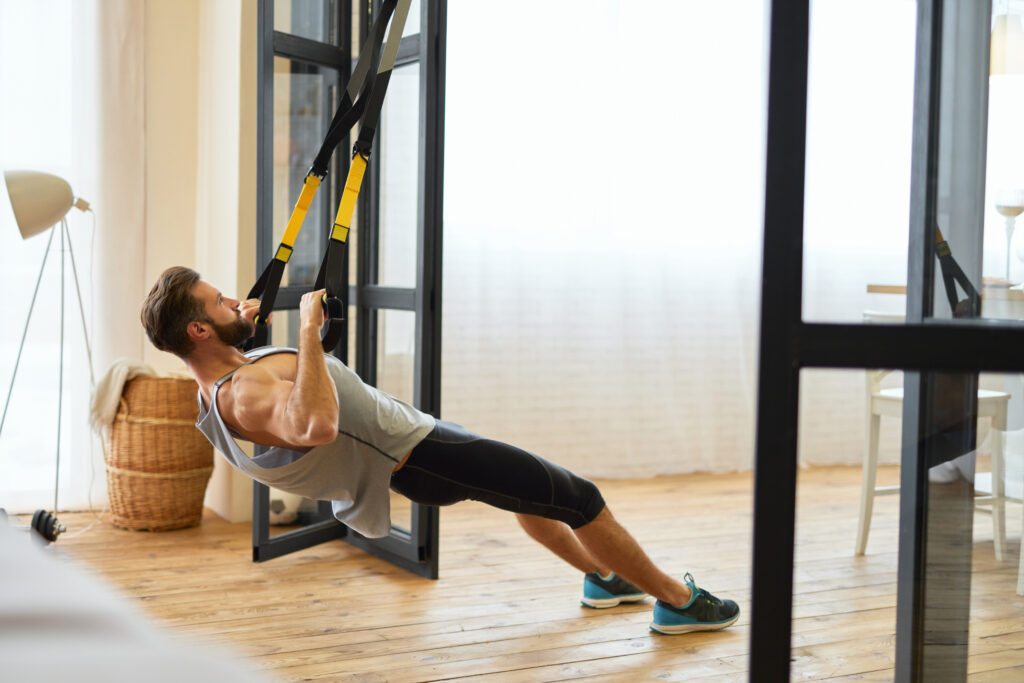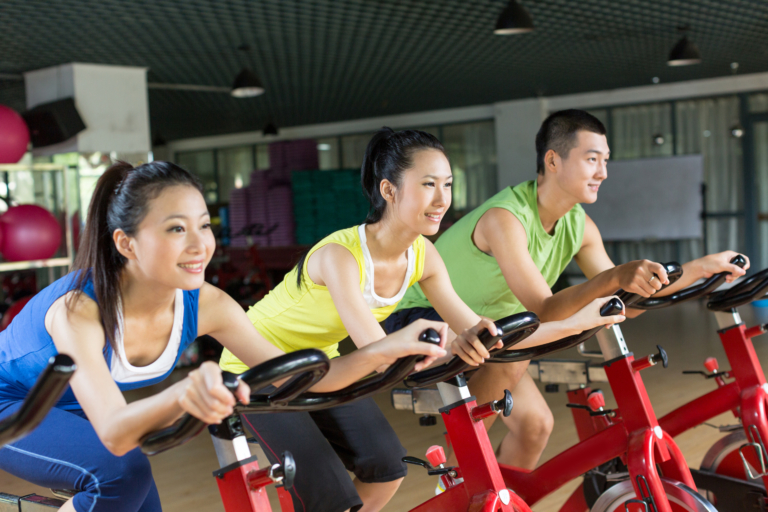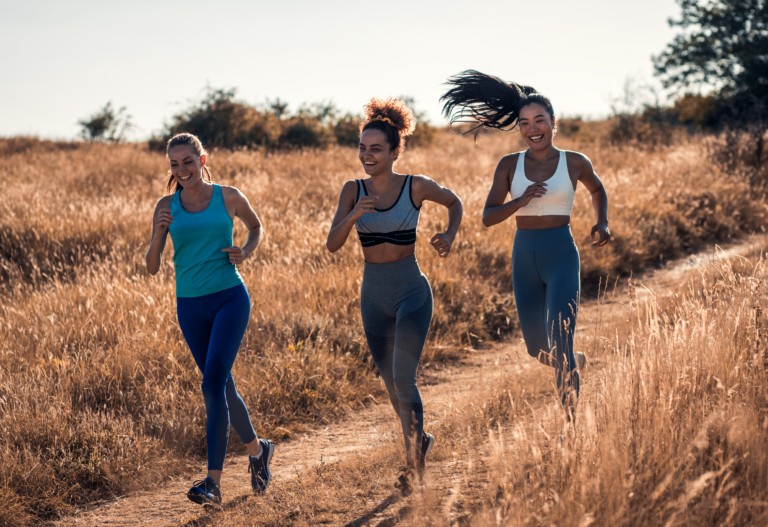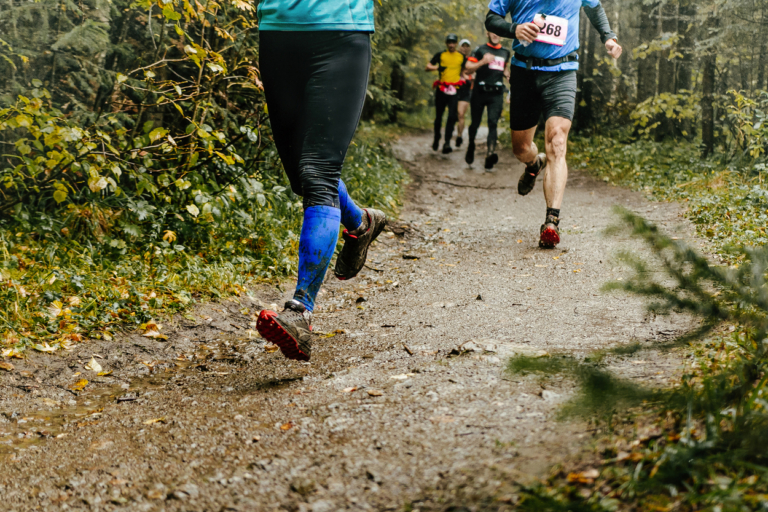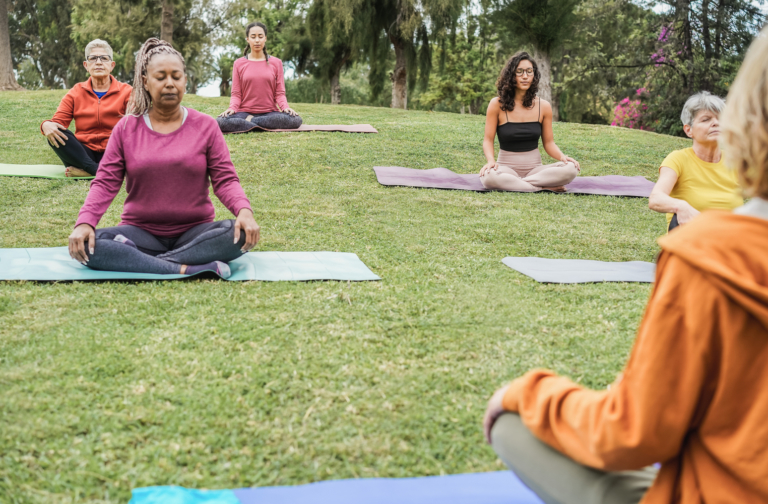Sleep is an essential part of our lives, as it rejuvenates our bodies and minds, allowing us to wake up refreshed and ready to go through a new day. However, not everyone sleeps at the same time or sticks to the same sleep patterns. Understanding how our internal clocks affect our sleep-wake patterns and overall well-being will help us determine our sleep chronotype and allow us to increase our productivity and make the best out of the day. So here is all the science behind sleep chronotypes.
Also Read: Playlists that can help you fall asleep in 10 minutes – the connection between sleep and music
What is a sleep chronotype?

Sleep chronotype refers to an individual’s preferred timing for sleep and wakefulness throughout 24 hours. While some people are more active in the morning with their energy draining towards the evening hours, some have high levels of energy around sunset, and then there are others who have different biological clocks, or as scientists call it, circadian rhythms.
What are the four sleep chronotypes?

The most common way of describing a person’s chronotype is by comparing their daily circadian rhythms to the biological clock of animals. In that regard, four animals are usually used for reference and these include the lion, the bear, the wolf and the dolphin.
Lion – These are people who wake up early in the morning and go to bed early. They are more productive before lunchtime but get tired around the evening, thus making it hard for them to partake in social events in the evening.
Bear – Nearly 55 per cent of the human population fall under this category and their clock depends on the sun, as in, they wake up around sunrise and their activity levels decline by night. They are energetic in the forenoon and the evening, making it easy for them to work well during the day and attend events in the evening without feeling too tired.

Wolf – Also considered the night owl, these people prefer to go to bed late in the night and wake up late. They are more productive during the afternoons. As a result, a 9-to-5 work schedule may not suit them.
Dolphin – People with insomnia are generally part of this chronotype because, like this animal that is half awake while it sleeps to protect itself from predators, these people do not sleep well. Their sleep schedule may not follow a certain pattern every day, and they are highly active in the evenings.
What is the science behind sleep chronotypes?

Numerous scientific studies have sought to understand the impact of sleep chronotypes on various aspects of our lives. One study, titled ‘Epidemiology of the human circadian clock,’ conducted by T Roenneberg and others found that sleep chronotypes were influenced by a person’s genes, with certain genetic variations increasing a person’s productivity in the morning or evening.
Another study conducted by neuroscientist Valérie Mongrain and her team revealed that individuals with distinct chronotypes exhibit differences in brain activity during sleep, potentially affecting their cognitive level and emotional quotient.

Given the number of studies that have been conducted regarding sleep chronotypes, it has sparked conversations and debates among researchers, healthcare professionals, and society as a whole. Some argue that understanding and respecting individual sleep chronotypes can lead to improved well-being and productivity. They advocate for flexible scheduling of work and school hours, allowing individuals to align their activities with their natural sleep preferences. This approach is believed to yield better cognitive performance, mental health, and overall satisfaction.
On the other hand, critics argue that accommodating individual sleep chronotypes on a large scale may not be practical and cost-effective, given the societal structures and demands. They believe that promoting good sleep hygiene, irrespective of one’s sleep chronotype, can mitigate some of the negative effects associated with sleep deprivation. They suggest maintaining consistent sleep schedules, creating a conducive sleep environment, and developing healthy sleep habits, such as avoiding electronic devices before bedtime.




